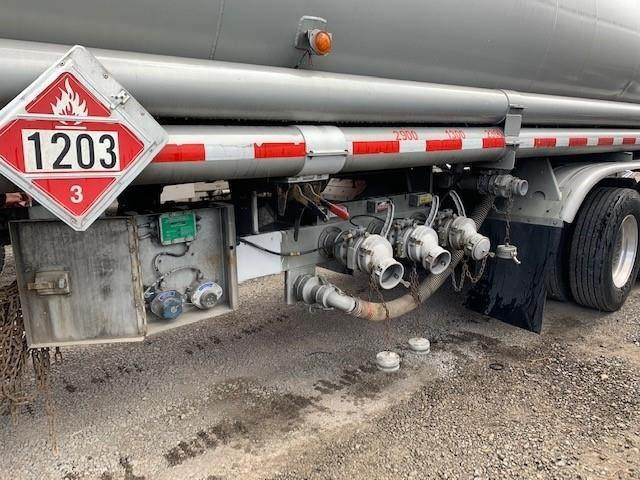Things To Know About Transferring Flammables and Corrosives Safely

When it comes to transferring flammable and corrosive materials, safety is of utmost importance. These materials can pose significant hazards if not handled properly, so being informed and prepared is essential. Below are some key things to know about transferring flammables and corrosives safely:
Use Appropriate Containers
Using the right container is critical when transferring flammable and corrosive materials. Containers specifically designed for these types of materials are best, as they are built to handle the unique properties of these substances. These containers should be labelled with the type of material they contain and any relevant warnings or instructions. They should also have airtight lids to prevent any leakage or evaporation, helping to minimize the risk of spills and prevent the release of hazardous fumes, which can be dangerous to both people and the environment. Containers designed for flammable and corrosive materials can also help prevent accidents, such as fires or chemical reactions,
from happening.
Follow Proper Handling Procedures
Proper handling procedures are necessary to minimize the risk of spills or accidents when transferring flammables and corrosives. This includes using protective equipment, such as gloves, eye protection, and a respirator. Gloves can protect your skin from direct contact with hazardous materials, while eye protection can prevent accidental splashes from getting into your eyes. A face mask can help to avoid inhalation of harmful fumes. Wearing the appropriate protective gear can reduce the risk of injury and protect you from exposure to dangerous chemicals. It is also important to follow any relevant guidelines and procedures for handling flammables and corrosives, such as being cautious when pouring or transferring the materials and avoiding any sudden movements or actions that could cause a spill.
Store Materials Properly
It is extremely important to store flammable and corrosive materials in the right environment for their safety and to prevent accidents. It’s recommended to store these materials in a cool, well-ventilated area that is away from heat sources or flames. Keeping the materials in a cool environment can help to prevent evaporation, which can be hazardous and cause fumes to build up in the surrounding area. Also, good ventilation can help to disperse any fumes that may be generated, reducing the risk of inhaling harmful substances.
Transport Materials Safely
Transporting flammables and corrosives demands careful attention to ensure the safety of the materials and those around them. To prevent spills or leaks during transportation, it is important to secure the containers properly by using straps, bungee cords, or other methods to keep them in place during transit. Additionally, it is critical to follow the manufacturer’s instructions and comply with any relevant regulations and laws, such as those related to transporting hazardous materials.
Know the Properties of the Materials
Awareness of the properties of the flammable and corrosive materials you are handling is vital to ensure their safe handling and response to spills or accidents. Knowing the properties of these materials, such as their flash points, flammability, reactivity, and corrosiveness, can help you to identify potential hazards and respond appropriately. For example, if you know that a particular material is highly flammable, you may take extra precautions to prevent sparks or flames in its vicinity. Likewise, if you know that a material is corrosive, you may take steps to avoid contact with skin or eyes.
Conclusion
When it comes to transferring flammables and corrosives, safety should always be your top priority. Ensure you are using the right containers and protective gear and keep the materials away from heat and flames. When transporting these materials, secure them tightly and follow all the rules and regulations. Finally, it is always a clever idea to know the properties of what you are working with. Knowing how to handle the situation and get help quickly is recommended if anything goes wrong. Stay safe!
